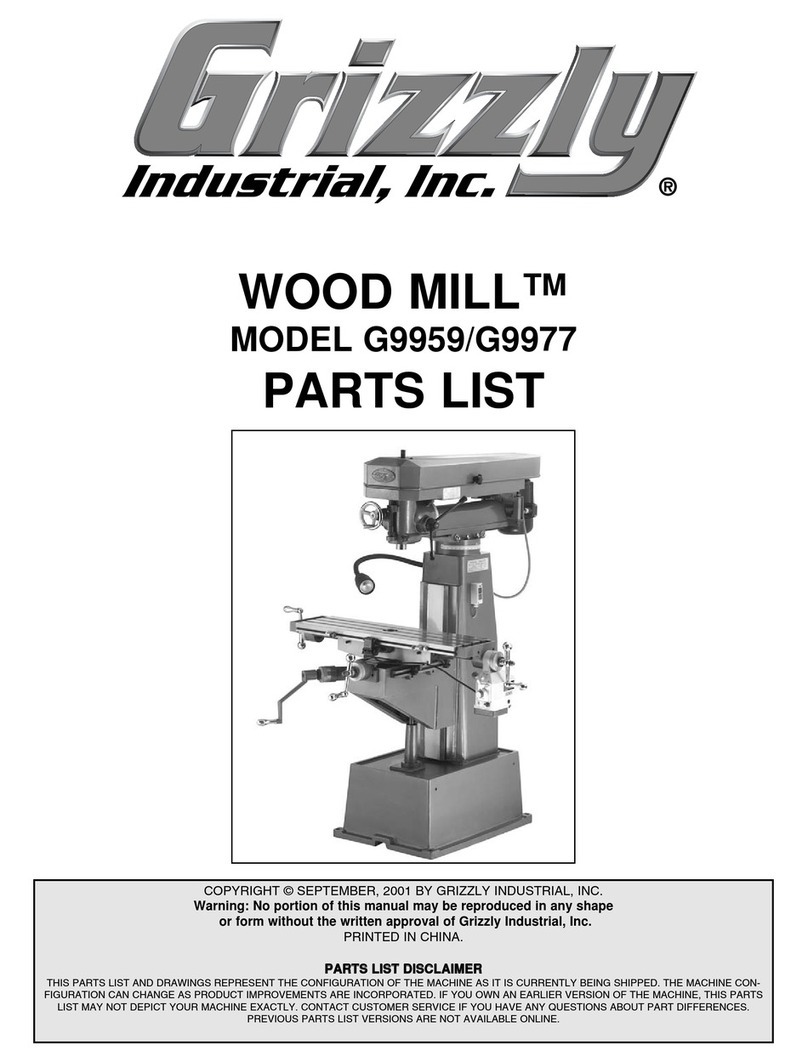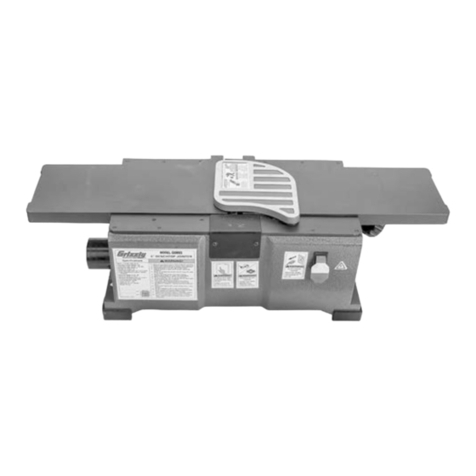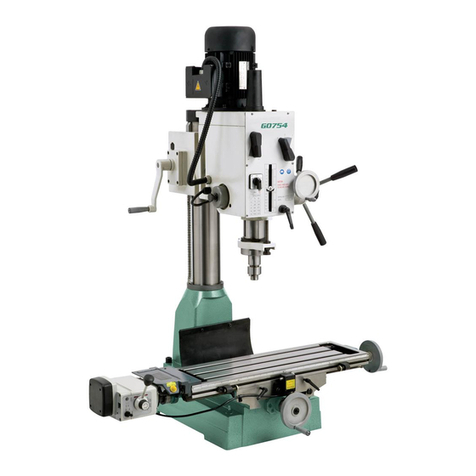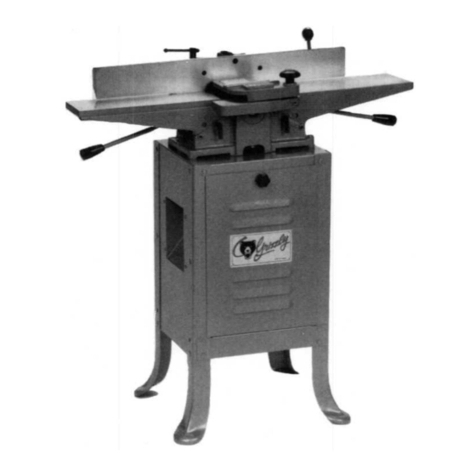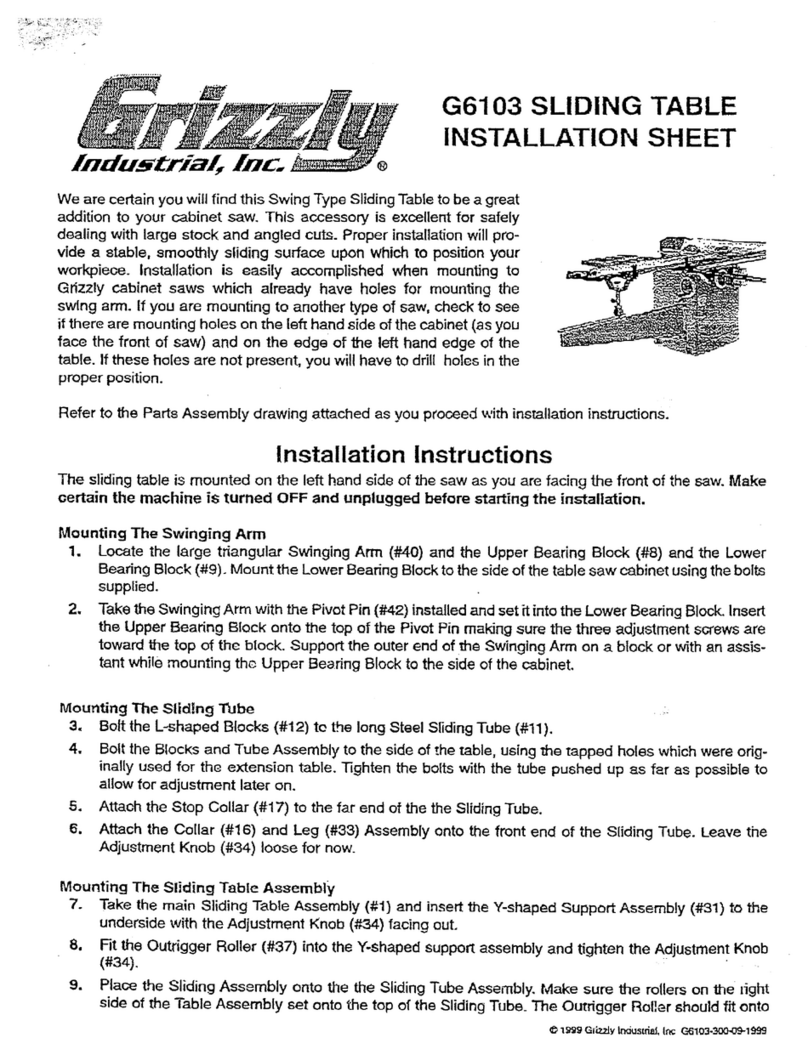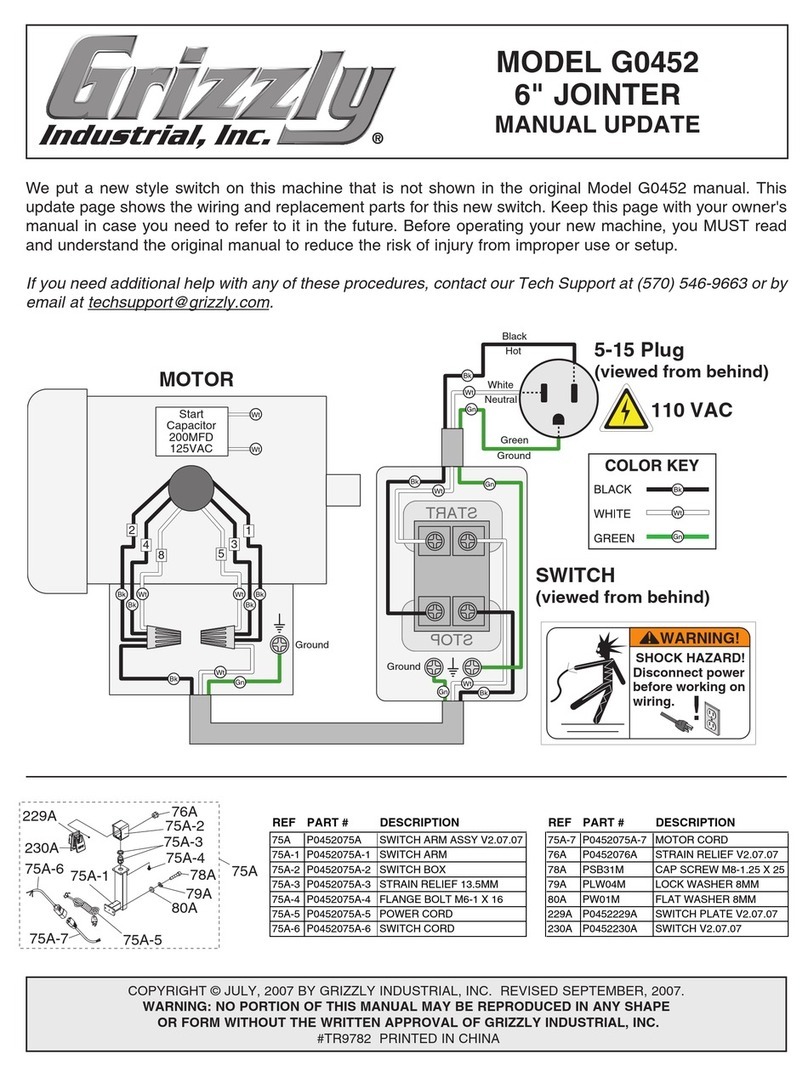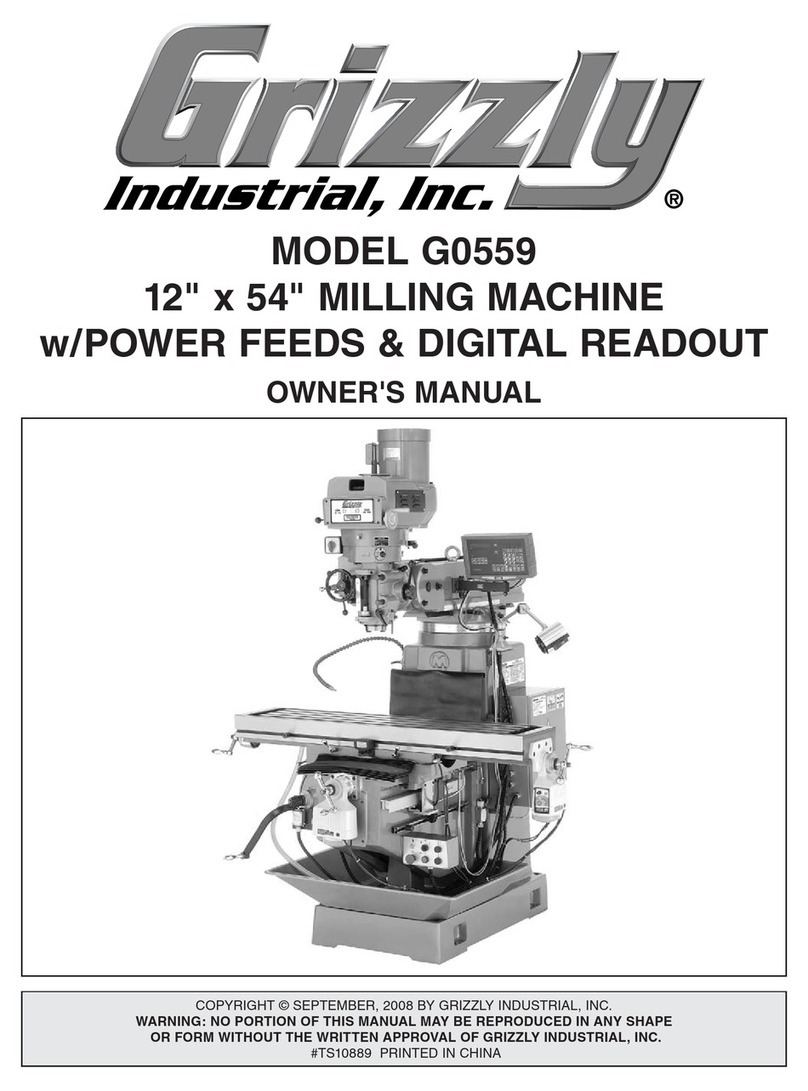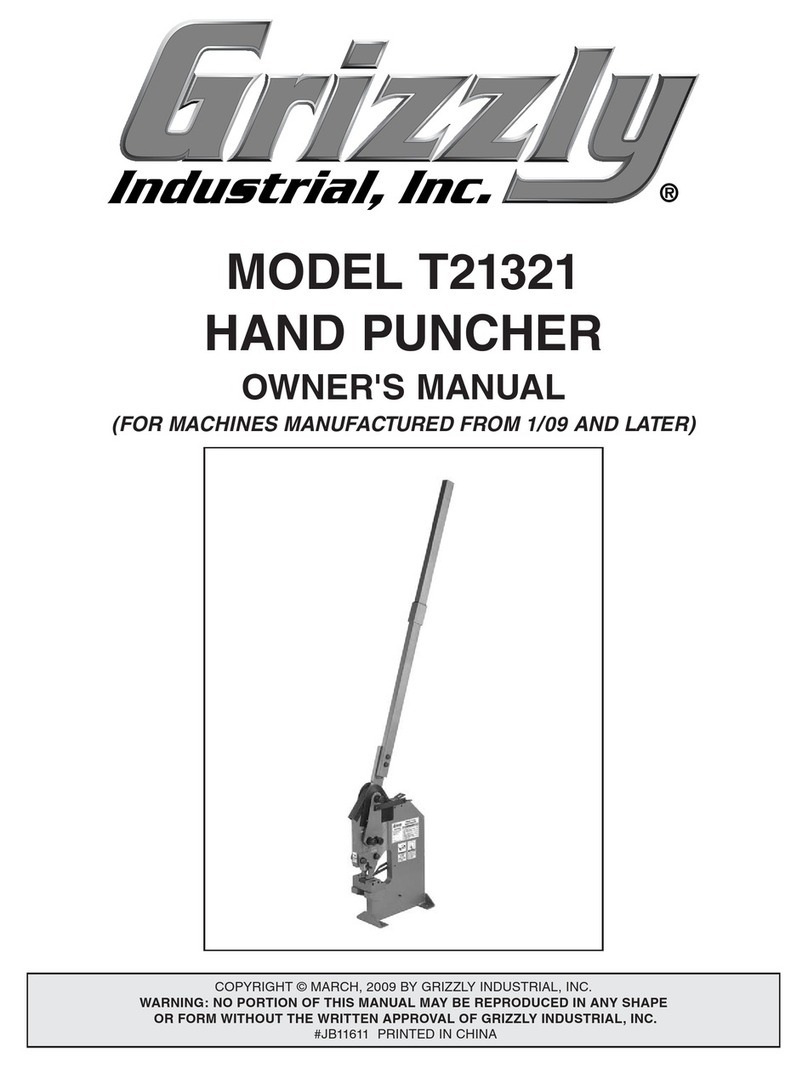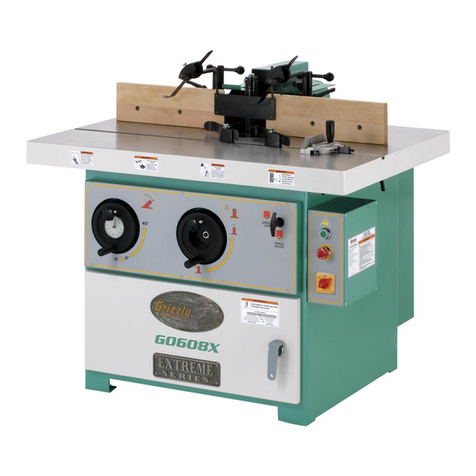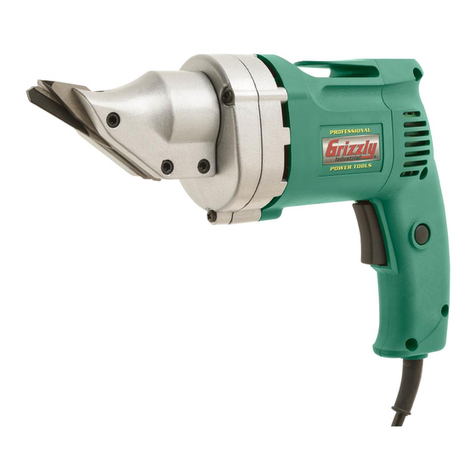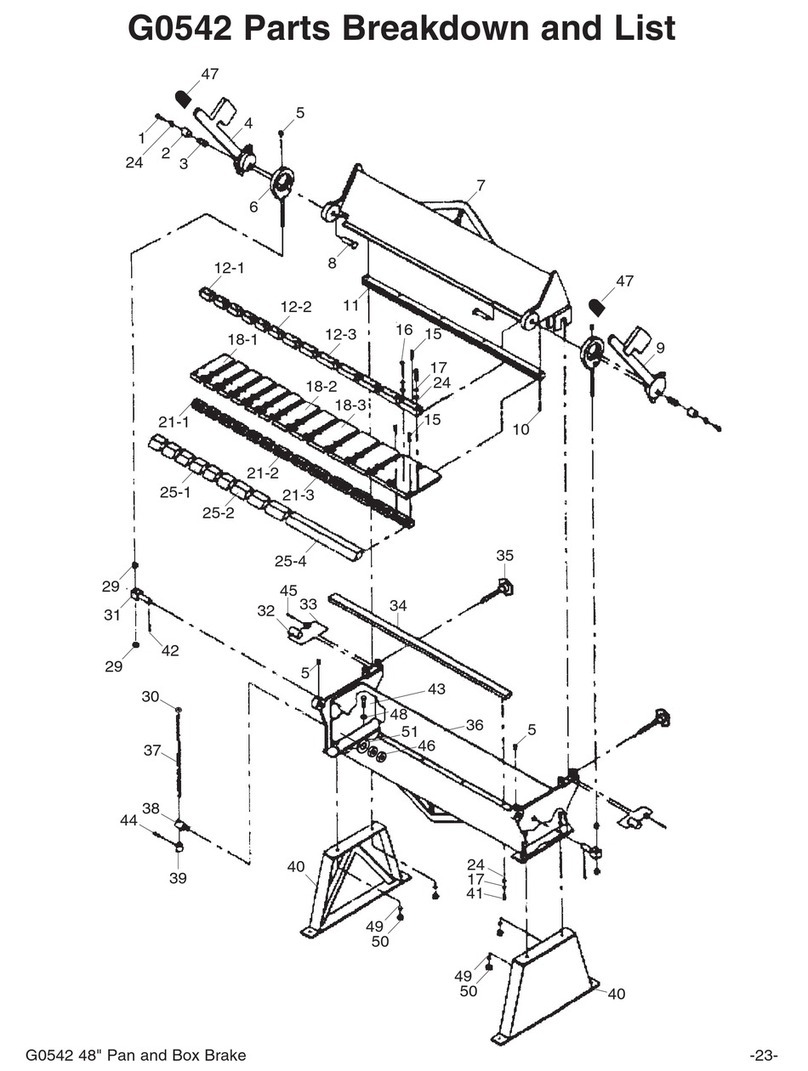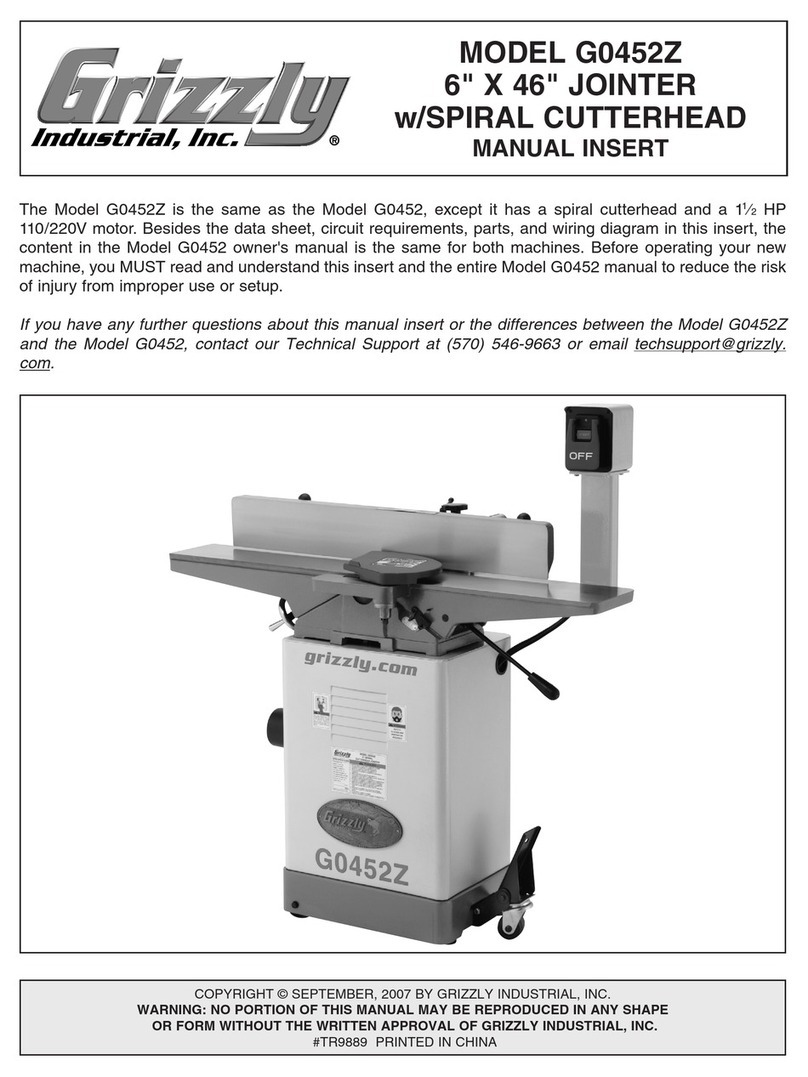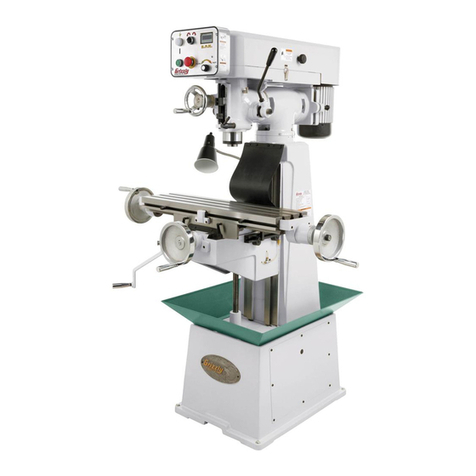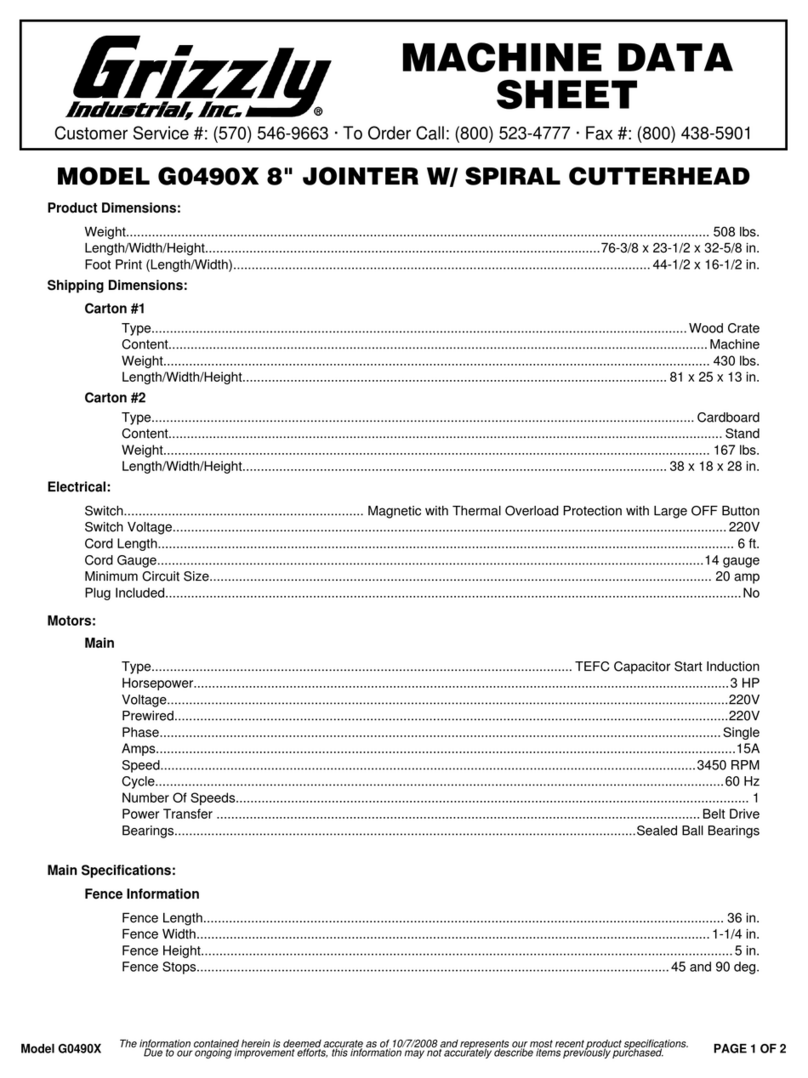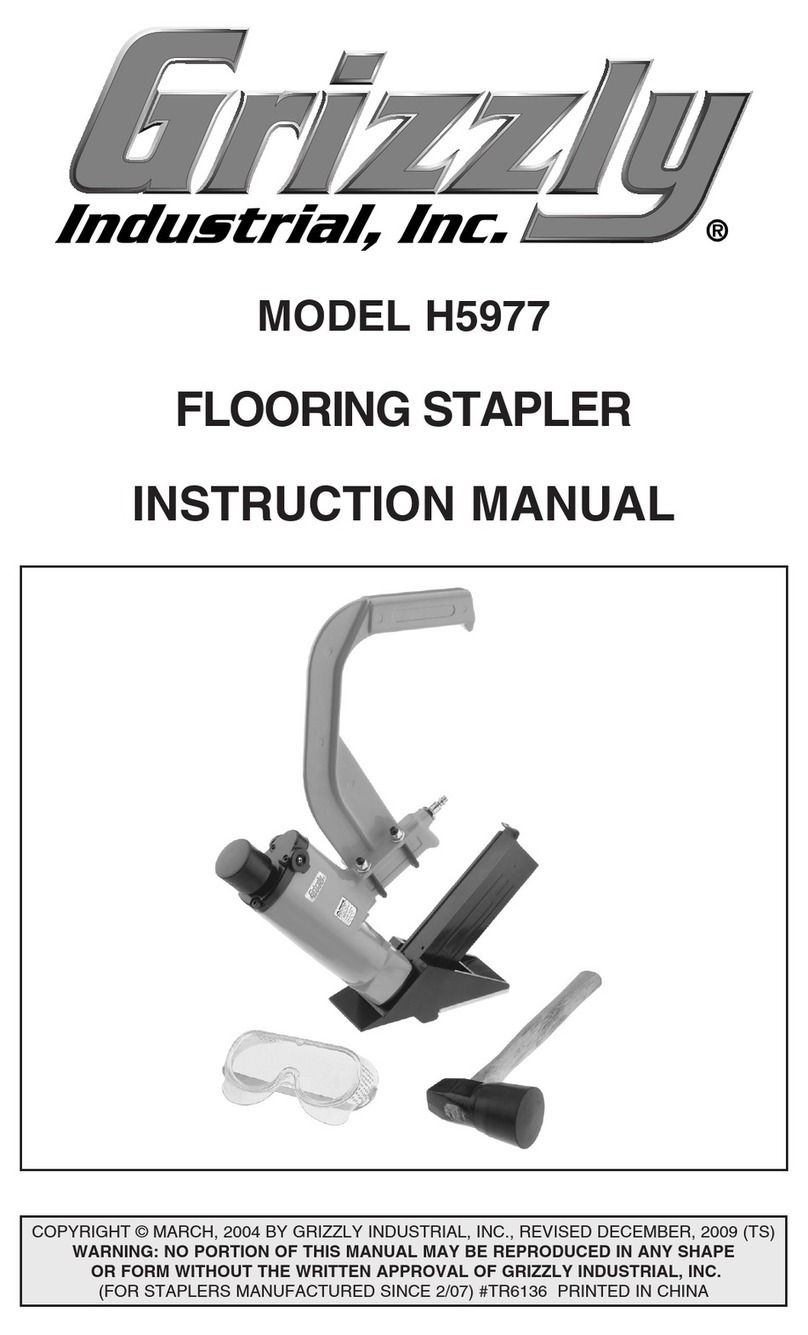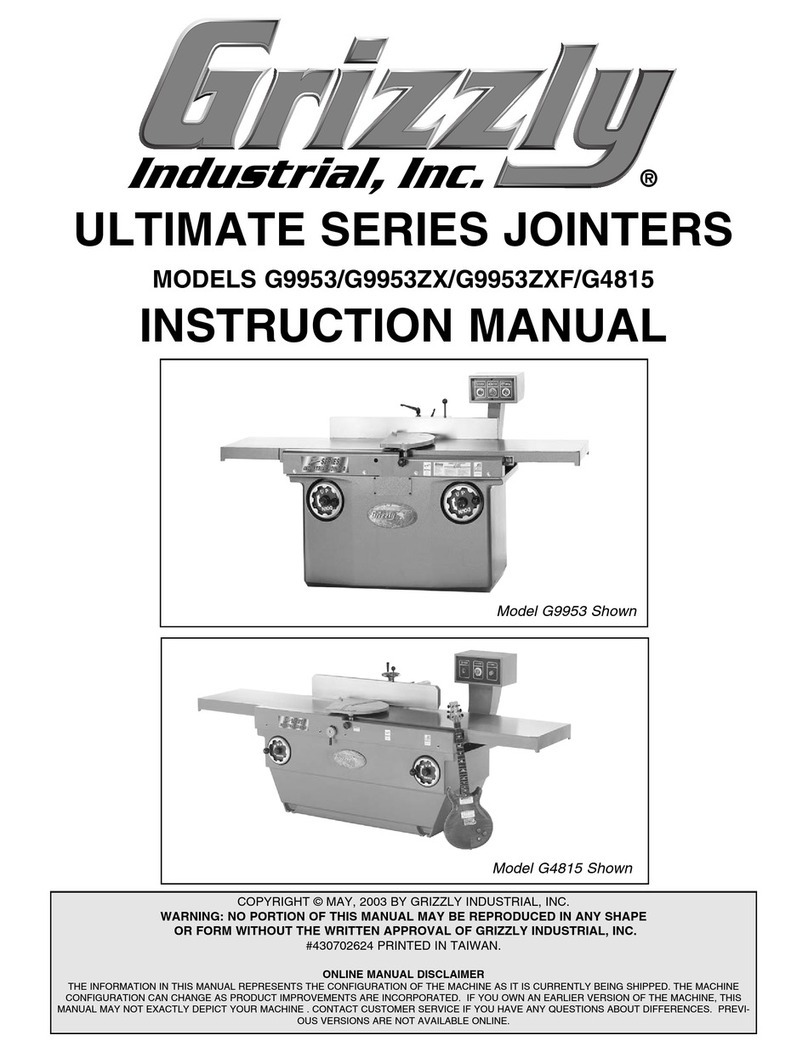
Table of Contents
1 Safety
1.1Safety instructions for machinery ................... 5
1.2 Additional safety for CNC mills/lathes ............ 7
1.3 Safety instructions (warning notes) ................. 8
1.4 Intended use ............
....................................... 9
1.5 Reasonably foreseeable misuse
..................... 10
1.6 Possible dangers w/CNC machines ............... 10
1.7Qualification of personnel ............................... 11
1.8 User positions ................................................ 13
1.9 Safety devices ............................................... 13
1.10 Safety check .................................................. 15
1.11Safety during operation
................................ 16
1.12
Safety during maintenance
............................. 17
1.13
Disconnecting/securing CNC machine
.......... 17
1.14Unattended operation .................................... 18
1.15Accident report ................................................ 18
1.16Electronics ..................................................... 18
1.17Inspection deadlines ....................................... 19
1.18Clamping devices ................................. 19
0.1Machine data sheet ........................................ 3
2.1 Availability ...................................................... 20
2.2 Full-load current rating ................................... 20
2.3 Circuit information .......................................... 20
2.4 Circuit requirements for 220V ........................ 20
2.5 Connection type ............................................. 21
2.6Grounding instructions ................................... 21
2.7 Extension cords .............................................. 21
3.1 Scope of delivery ............................................ 22
3.2 Transport ........................................................ 22
3.3 Setup and assembly ....................................... 24
3.4 Installation plan .............................................. 26
3.5 Corrosion protection ....................................... 28
3.6 Electrical connection ....................................... 28
3.7 Refill coolant ................................................... 28
3.8 Refill central lubrication system ...................... 30
2 Power supply
3 Assembly and commissioning
5.1 Compensation of geometry ............................ 48
5.2 Coordinate systems on CNC machin
es ......... 48
5.3 NC mathematics ............................................. 51
5.4 Trigonometric functions .................................. 52
5 General information about CNC
4.1 Screen arrangement ......
................................. 33
4.2 Operating elements on the PPU ..................... 34
4.3 Elements on the MCP .................................... 39
4.4 Protection levels ............................................. 44
4 User interface, machine control panel
1.19Environmental protection ........................ 19
3.9 Warming up the machine ................................ 32
6.1Safety .......................................................... 53
6.2
Control and indicating elements
................. 53
6.3
Operational modes
...................................... 54
6.4 Programming ............
.................................... 54
6.5 Operation of the machine
............................ 55
6.6
Inserting tool
............................................... 60
6.7
Switching off CNC machine
........................ 60
6.8
Operational modes
...................................... 60
6.9
Programming
............................................. 60
6.10
Starting the program
.................................. 61
6.11Central lubrication system
......................... 61
6.12 Data interfaces and current collection
........ 62
8.1
M-function for milling machines
.................. 235
8.2
G functions to PAL
...................................... 237
6.13 Selecting the speed
................................... 62
Preparation
................................................. 65
Switch on and referencing
.......................... 71
Tool Setup
.................................................. 75
Workpiece setup
......................................... 91
7.1
7.2
7.3
7.4
Create part program: part 1
........................ 100
Create part program: part 2
........................ 116
Simulate program
....................................... 141
Test program
.............................................. 145
7.5
7.6
7.7
7.8
Machine pieces
.......................................... 149
Program restart
........................................... 155
Additional information: part 1
..................... 159
Additional information: part 2
...................... 179
7.9
7.10
7.11
7.12
Sample program
......................................... 197
ISO mode
.................................................... 210
Appendix
.................................................... 229
7.13
7.14
7.15
Maintenance
Operating material
...................................... 242
10.1
Safety
.......................................................... 243
10.2
Inspection and maintenance
....................... 244
10.3
Polycarbonate windows
.............................. 246
10.4
Sliding door interlock switch
........................ 247
10.5
Drain the compressed air service unit
......... 247
10.6
Recommended wearing parts
..................... 247
10.7
Cooling lubricants and tanks
....................... 248
10.8
9
Notes, messages and error messages .......... 238
8M - code list, M functions
7Brief instructions for 808D milling
6Operation

